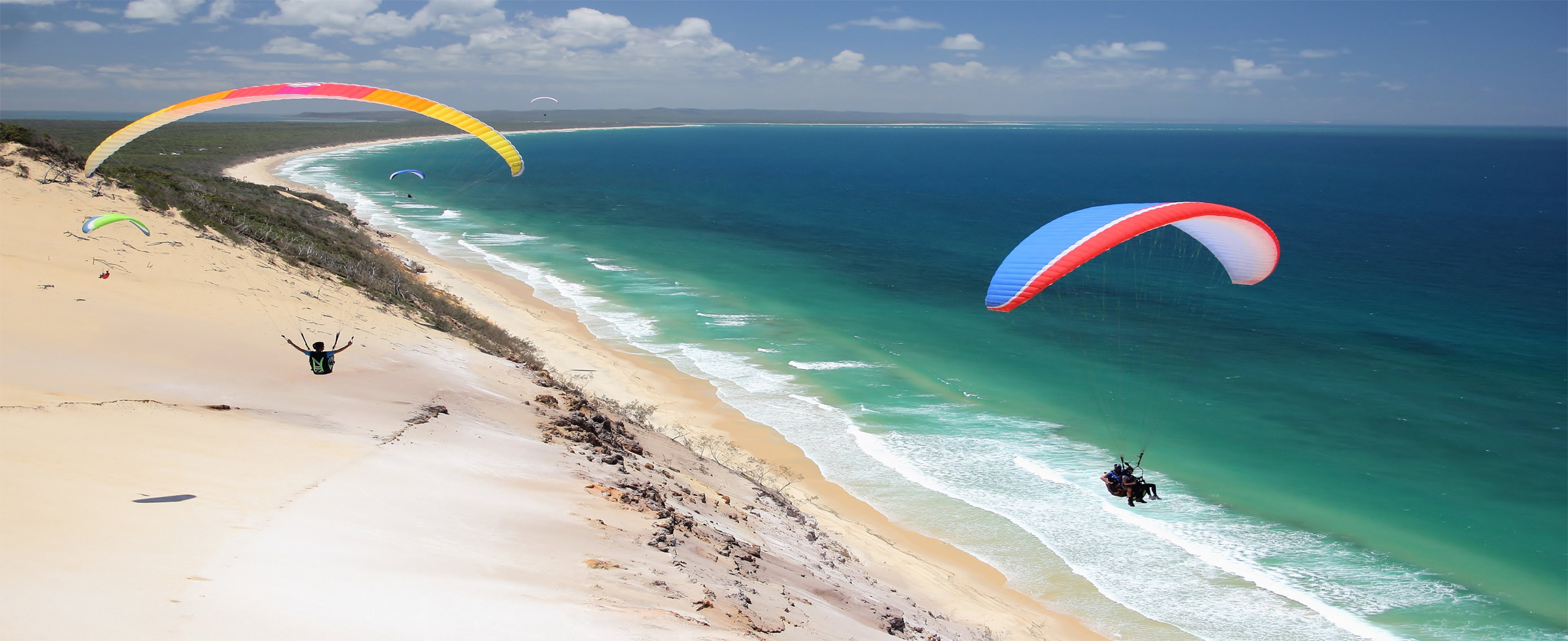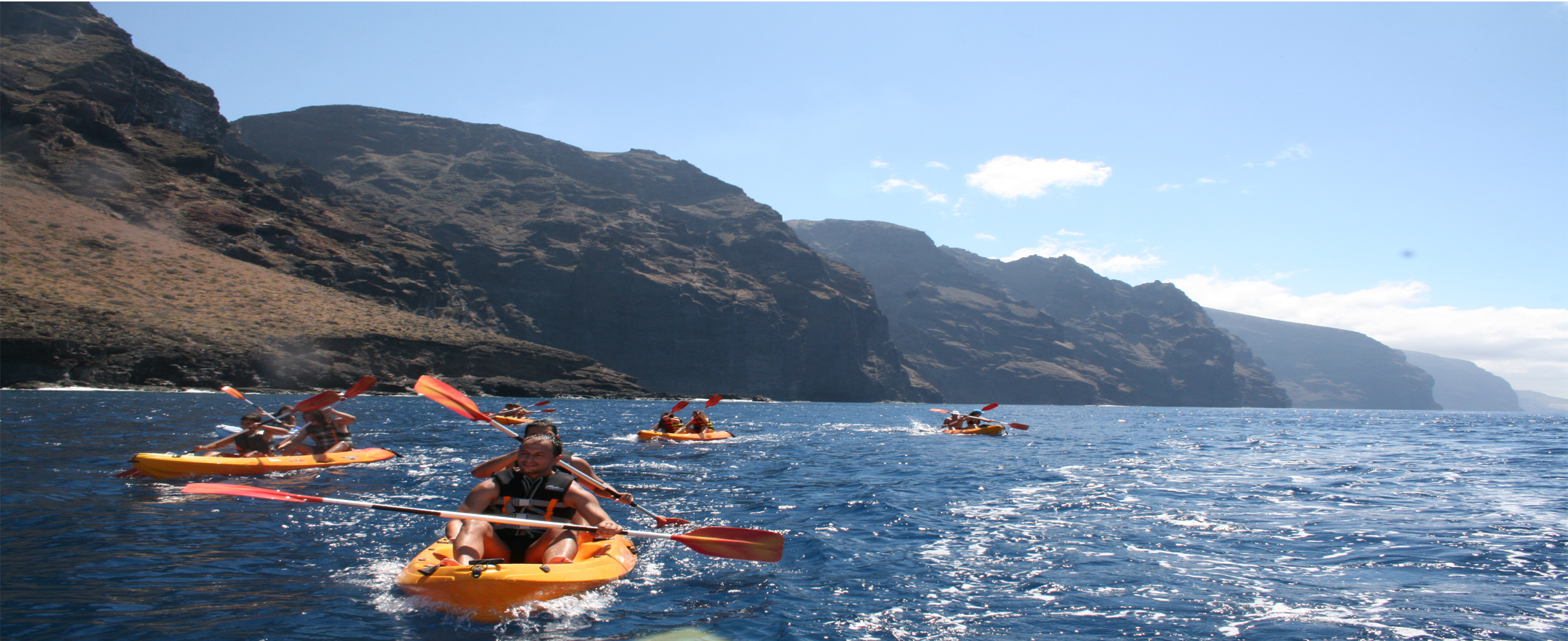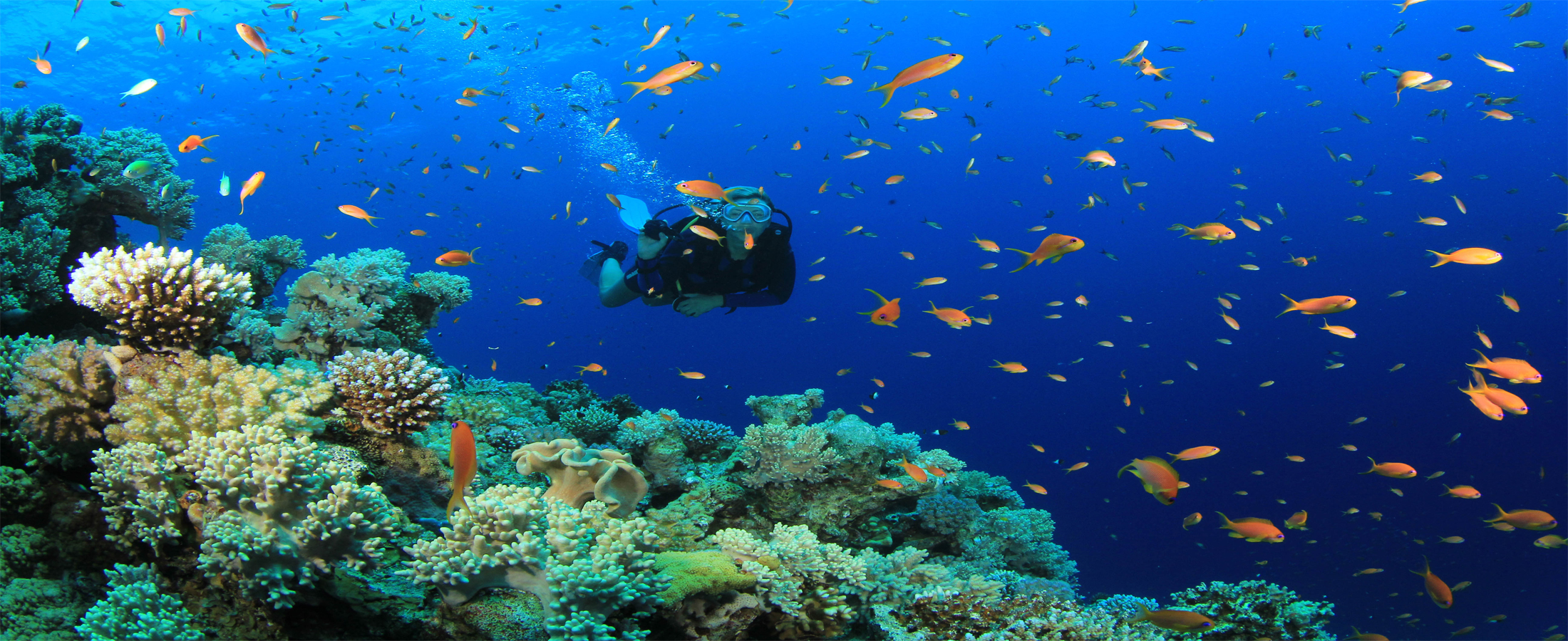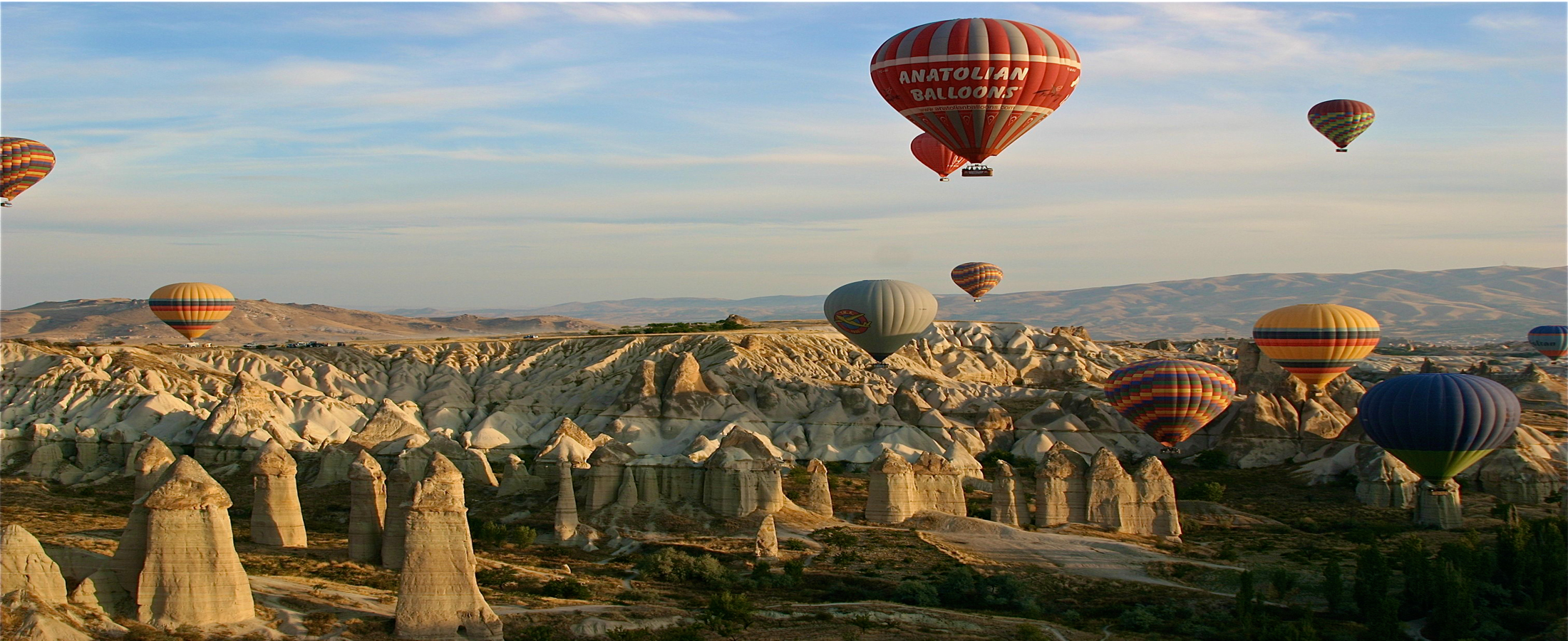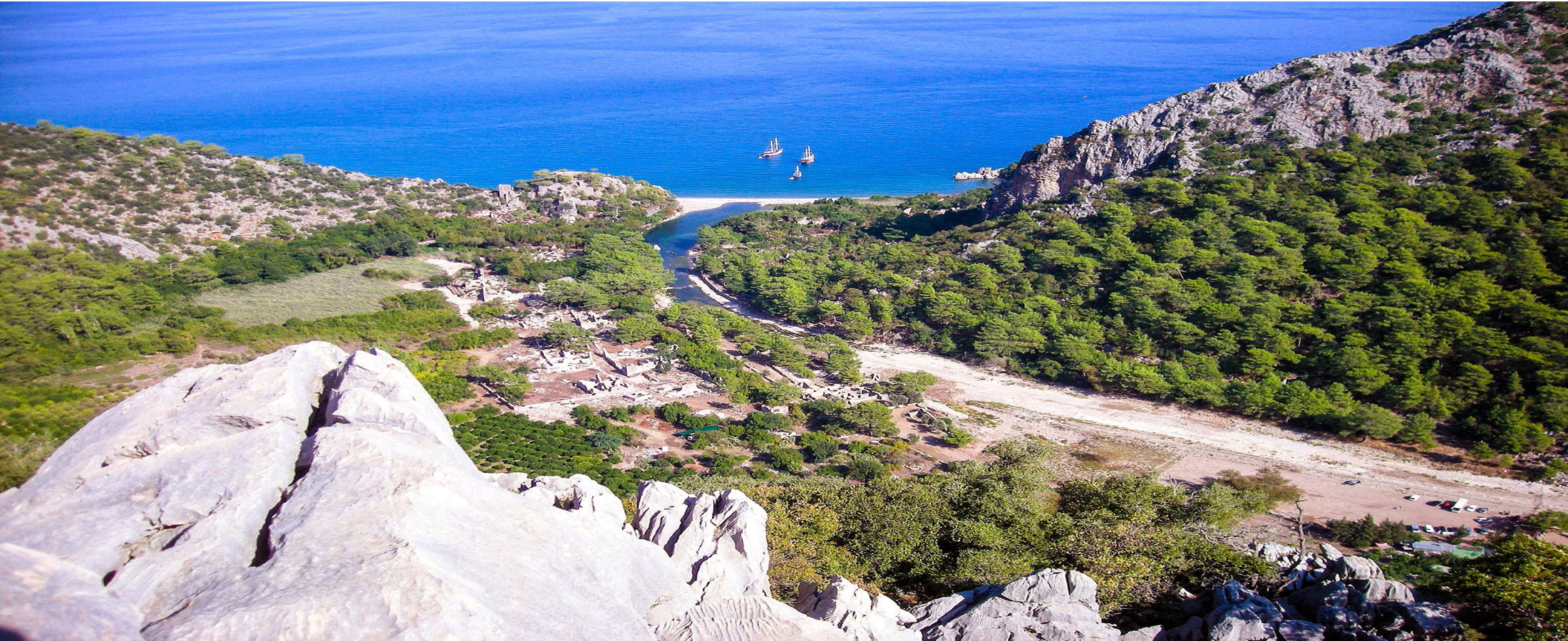An adventure holiday in Turkey will stun the senses and leave you with memories to last a lifetime.
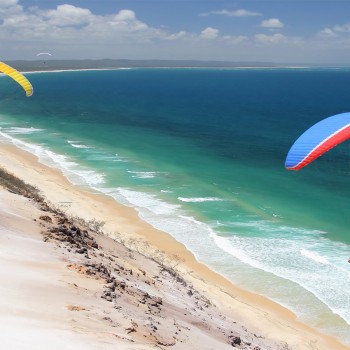
Paragliding
Paragliding in Turkey began in the 1990s with European pilots who started university clubs in the Mount Baba Fethiye and Oludeniz (Blue Lagoon) regions. Mount Baba is 1969m high, sits in Fethiye in the province of Mugla which is 7 kilometers from the coastline. This is probably one of the best places to experience your first flight, where you can glide from the mountain to the beach of Ölüdeniz taking in the stunning views and coming into a soft landing. It takes about 45 minutes to reach the runway from Deniz Stabilize. Paragliding is best done in Denizli, Pamukkale, Gölbaşi and Bolu – Aban between April and October.
Plan my Turkey Vacation Now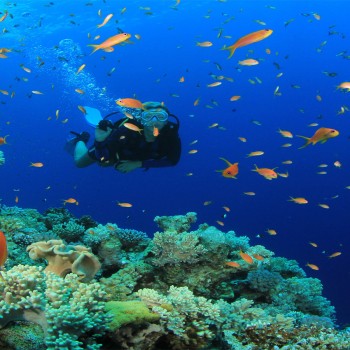
Scuba Diving
Clear, warm waters with visibility of 30 metres is not uncommon in Turkey. The wealth of historic and natural treasures to be observed under the water is exceptional , also because, compared to many other destinations, Turkey represents excellent value for money. The diving season usually runs from April to November. Marmaris, Fethiye, Kas and Antalya are some of the popular diving centres. The pinnacle of the scuba diving season in Turkey occurs in August where the waters reach temperatures of 30C. Turkey offers a wide variety of scuba diving options including reef diving, wall diving, cavern diving and wreck diving.
Plan my Turkey Vacation Now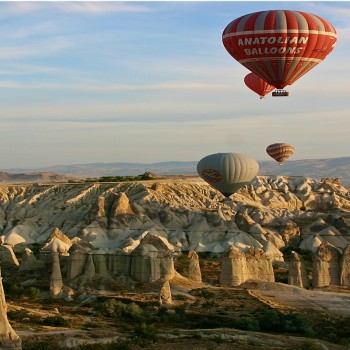
Hot Air Ballooning
Cappadocia has extraordinary landscapes which ranks its Balloon flights amongst the world’s top three. The spectacular panorama combined with excellent flying conditions allow the balloons to gently drift over and between fairy chimneys and pigeon houses. Along with these you see lush orchards and vineyards in impressive valleys, each with distinctive rock formations, colours and features. You then float up over rippled ravines for breathtaking views of the region and can watch the sun rise or set over the mountains as you drift along. Flights generally include hotel transfers, tea, coffee, snacks before takeoff, insurance and a commemorative flight certificate.
Plan my Turkey Vacation Now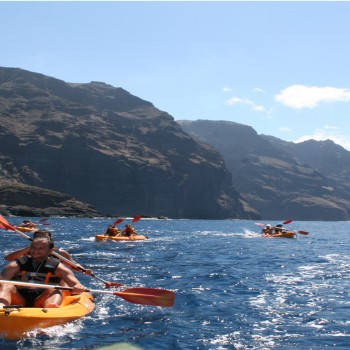
Kayaking in Antalya
For adventure enthusiasts kayaking is an exciting reason to visit Kekova Sunken City. You can start kayaking at Ucagz village, the crystal clear shipyard bay welcomes you and lets you see a ship wreck. This is just the start of your kayaking adventure, while paddling over the Sunken City area you can see amphora’s, pots, cisterns and ruins. Assistance and information on Lycia and the Sunken city history will be shared by a professional guide. After this the route takes you to Simena (Kalekoy) Village. It is a small village with the partly sunken ruins of Aperlae and a castle with a stunning view. Access to the village is possible only by sea. Another remarkable area is the Themissus (Ucagiz Village), the main ruins here are a burial ground mainly from the Roman period.
Plan my Turkey Vacation Now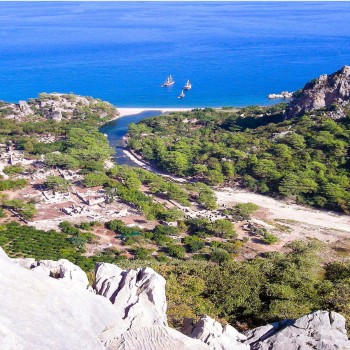
Hiking
The Lycian Way is a long footpath in Turkey that winds around part of the coast of ancient Lycia. It is approximately 510 kilometres long and stretches from Deniz near Fethiye, to Hisar Candid which is about 20 kilometres from Antalya. It is way marked with red and white stripes in the Grande Randonnee style and takes its name from the ancient civilisation which once ruled the area. The pathway is medium to hard and is not level walking, it has many ascents and descents as it approaches and veers away from the sea. It is easier at the start near Fethiye but can get a little difficult as it progresses. It is recommended that you walk the road in spring or autumn, either from February to May or September to November. Summer in Lycia is hot, although you could walk short distances under shady sections. The route is mainly over footpaths and mule trails, mostly limestone and often hard and stony underfoot. The Saint Paul Trail is a long-distance footpath in Turkey, approximately 500 kilometres long. The trail goes from Perge, 10 kilometres east of Antalya, to Yalva, Isparta, northeast of Lake Ildir. A second walk branches at the Oluk (Roman Bridge over the River), 100 kilometres north-east of Antalya, and joins the main route at the ancient Roman site of Adada. The origin of the name of the trail is based on the fact that a part of it follows the route of Saint Paul the Apostle on his first missionary journey to Anatolia. It starts at sea level and climbs to 2200m in elevation.
Plan my Turkey Vacation Now
